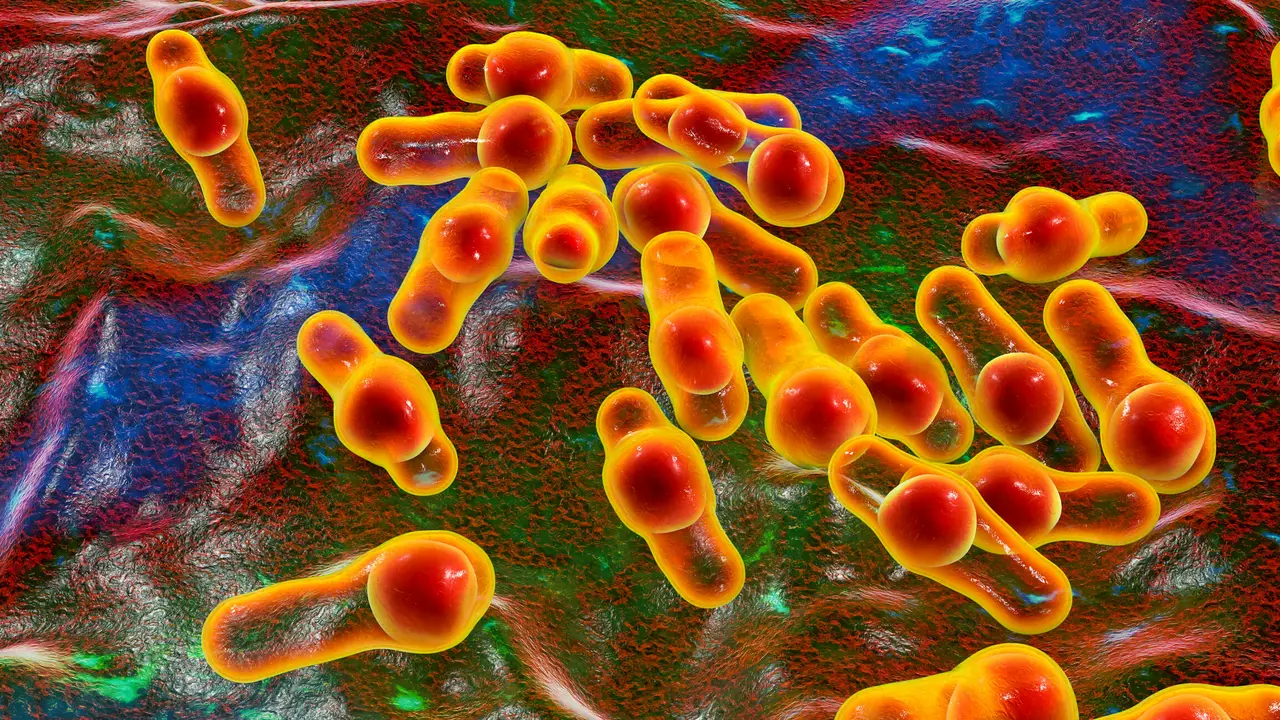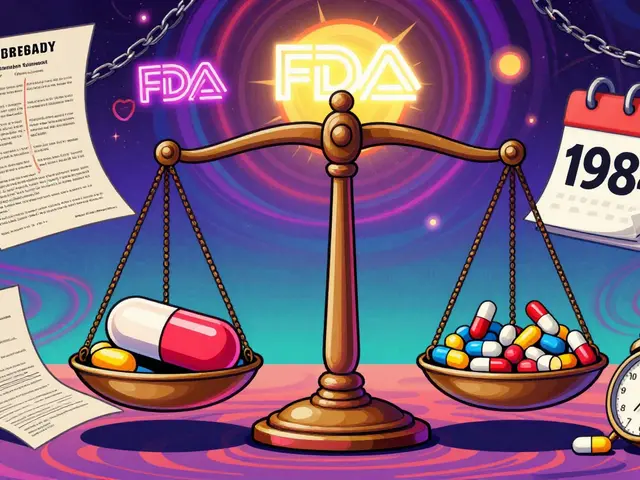Clostridium difficile infection: what to know and what to do
Clostridium difficile infection (C. difficile or C. diff) causes diarrhea and can be serious, especially after antibiotics or in hospitals. If you’ve been on antibiotics and suddenly get loose stools, cramps, or fever, this is one to watch. This guide gives clear steps on symptoms, tests, treatment options, and simple prevention you can use right away.
Symptoms and diagnosis
Symptoms usually start with watery diarrhea, sometimes five to 10 times a day. You may also have stomach pain, fever, nausea, or loss of appetite. Severe cases bring dehydration, blood in stool, low blood pressure, or belly swelling. Doctors usually check stool for toxins or do PCR testing to confirm C. difficile.
Tell your clinician about recent antibiotic use, hospital stays, or nursing home exposure. Those are the main risk factors. If you have any of the severe signs above, seek care fast — complications can be serious.
Treatment and next steps
First, your doctor may stop the antibiotic that started the problem if possible. The standard treatments are targeted antibiotics: oral vancomycin or fidaxomicin. Metronidazole used to be common but is no longer first choice for most cases. Take the full course exactly as prescribed.
For recurring infections, options include a tapered or pulsed antibiotic plan, or fecal microbiota transplant (FMT). FMT restores healthy gut bacteria and works well for many people with repeated C. diff. Newer procedures and pills that deliver healthy stool microbes are available in specialized centers.
Hospitalized patients get extra attention: IV fluids, monitoring, and isolation to stop spread. In severe or fulminant cases, surgery may be necessary, though that’s rare.
What about probiotics? They may help prevent antibiotic-associated diarrhea, but evidence for preventing C. difficile is mixed. Don’t rely on probiotics alone if symptoms appear — see your doctor.
Simple prevention at home is powerful: wash hands with soap and water (alcohol gel doesn’t kill C. diff spores), clean surfaces with bleach-based cleaners, and finish antibiotics only when advised by your prescriber. If you work in healthcare or visit someone in a care facility, follow their infection-control rules to protect others.
If you’re a caregiver, watch for signs of worsening disease and keep shared bathrooms and high-touch surfaces clean. If symptoms come back after treatment, return to your clinician — recurrence is common and treatable.
Got questions about meds or FMT? Ask your provider for clear pros and cons for your situation. Early action and proper treatment reduce complications and get you back to normal faster.
Cycloserine and the risk of Clostridium difficile infection: What you need to know
As a blogger, I want to inform my readers about the potential risks associated with the use of Cycloserine and the possible development of Clostridium difficile infection. It's important to be aware that while Cycloserine is a helpful antibiotic for treating certain infections, it may also increase the chances of contracting C. difficile. This infection can cause severe diarrhea and colitis, leading to dangerous complications if left untreated. I encourage everyone to discuss potential side effects with their healthcare provider before starting any new medication. Stay informed and stay safe!





